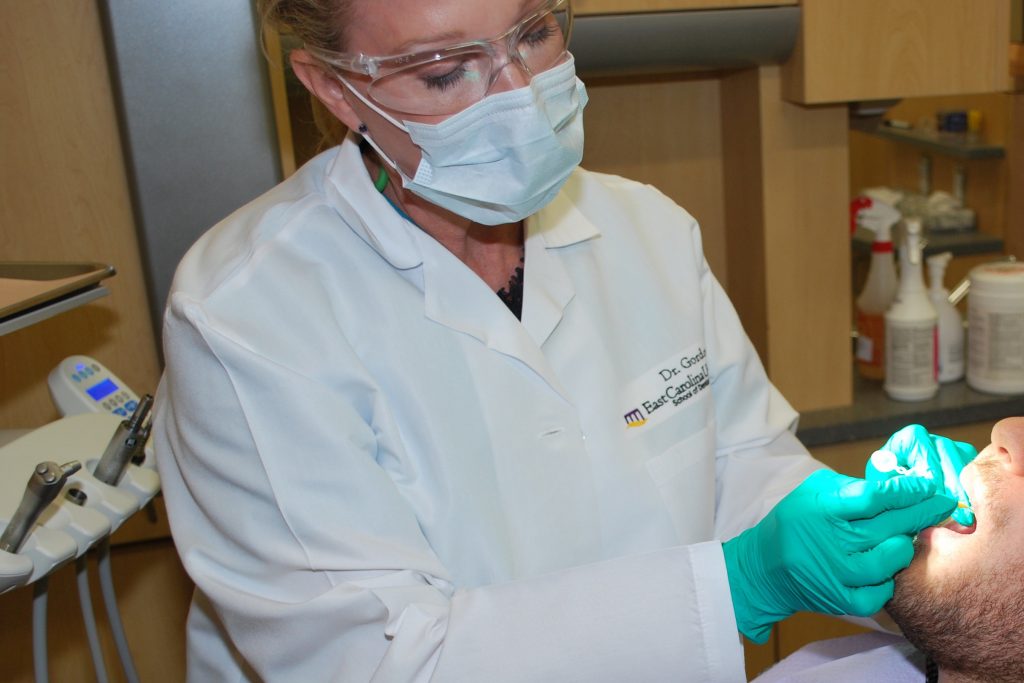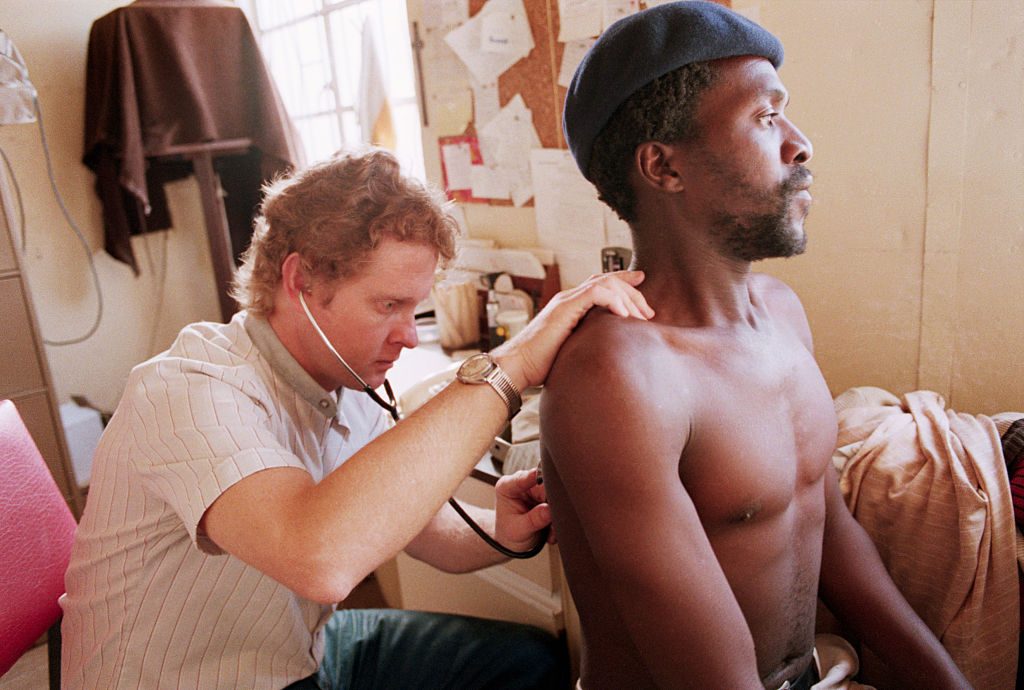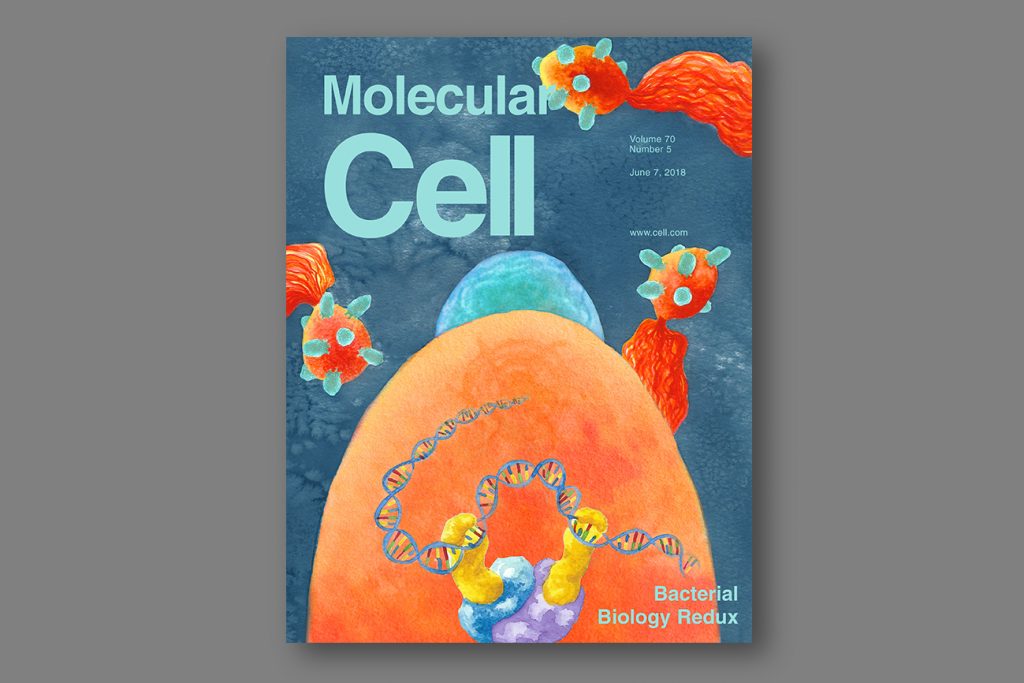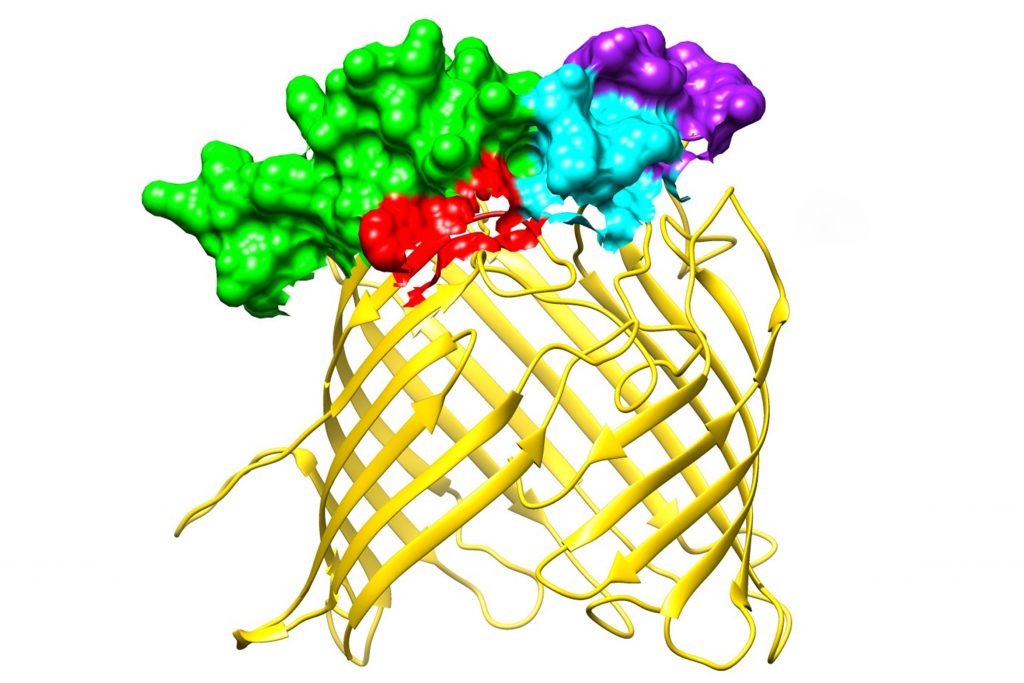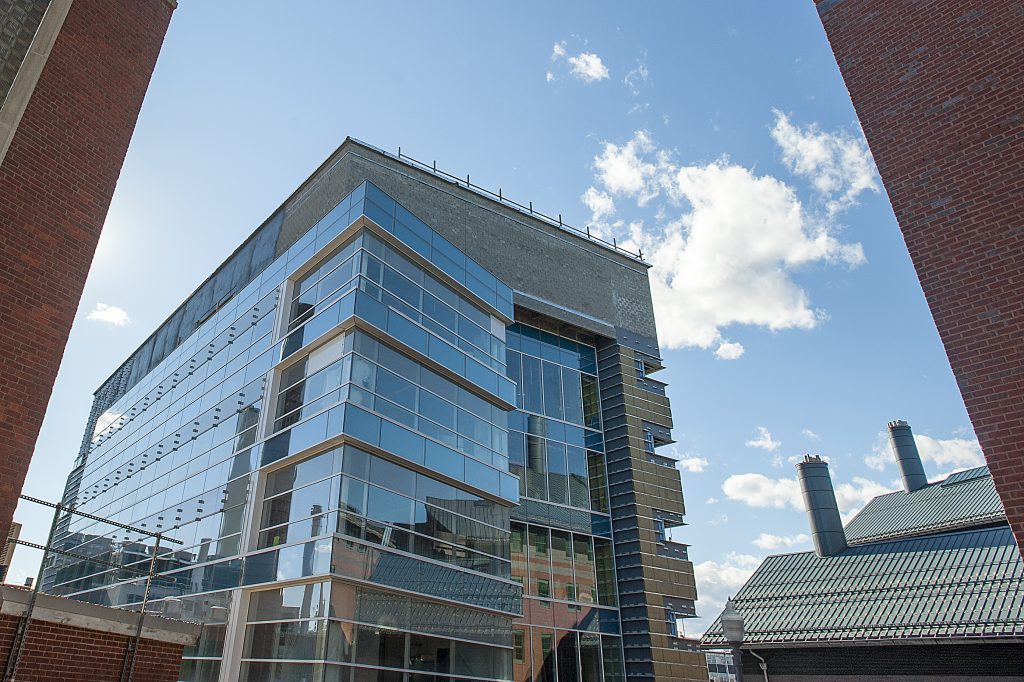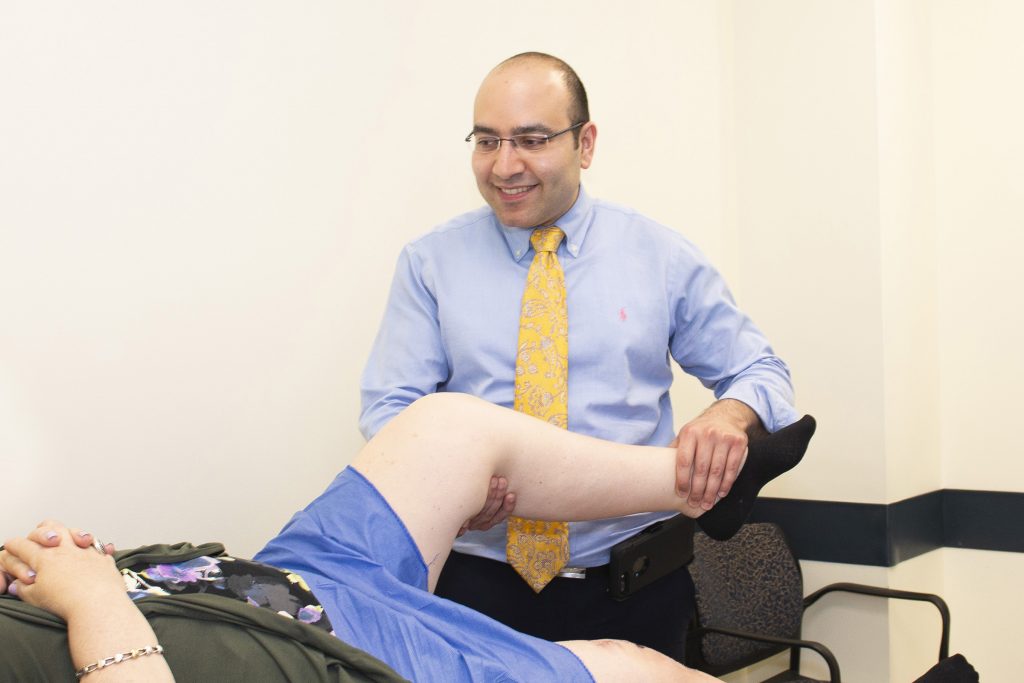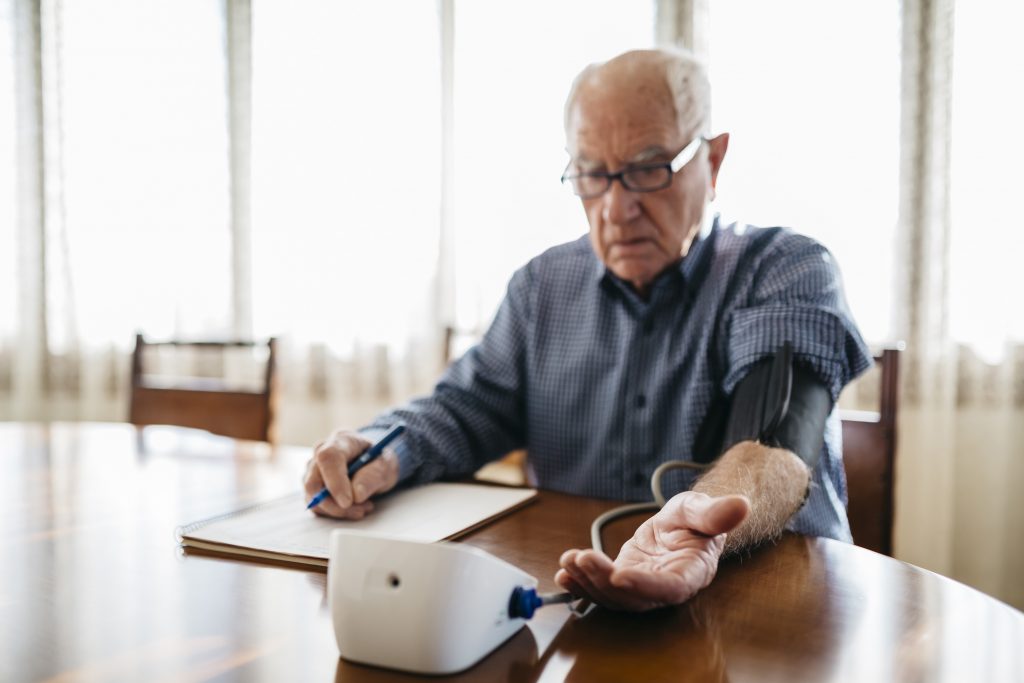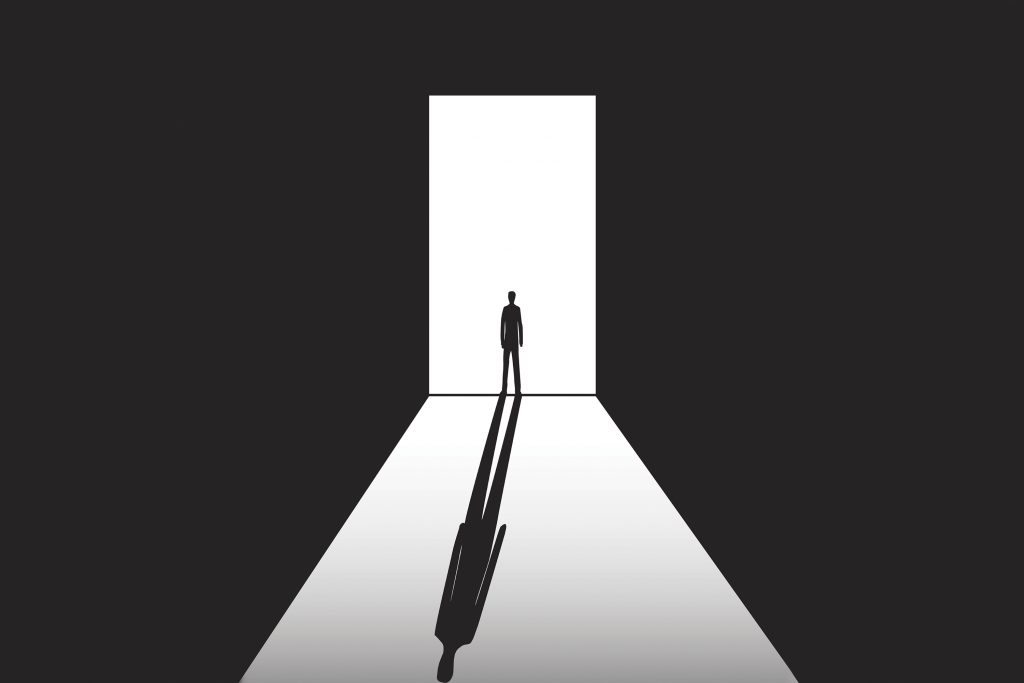UConn Health
New Dental Dean Named
Sharon M. Gordon will be the first woman to serve as dean of the dental school in its more than 50 year history.
June 28, 2018 | Lauren Woods
Racial, Ethnic, and Sexual Minority Males Among Unhealthiest People in U.S., Report Finds
For example, African-American men consistently have life expectancies six years shorter than white men, according to the study led by Wizdom Powell of UConn Health.
June 18, 2018 | Kaitlin Luna, American Psychological Association
Scientists Discover Roles and Teamwork of CRISPR-Cas Proteins
Research out of UConn Health and the University of Georgia explains the way these proteins work together to save the cell and achieve immunity.
June 13, 2018 | Jessica McBride, University of Connecticut, and Jessica Luton, University of Georgia
Syphilis Discovery Raises Possibility of Vaccine
UConn Health researchers have identified proteins on the outside of the bacteria, opening up the possibility of the world's first vaccine.
June 12, 2018 | Kim Krieger
UConn Celebrates Opening of Innovative New Engineering & Science Building
The new building addresses a pressing need for space within the School of Engineering, where enrollment has doubled over the past decade.
June 11, 2018 | Combined Reports
African-Americans Still Disproportionately Affected by HIV
Ten years after a call for action, HIV diagnoses continue to rise in the African-American community, according to a new study led by UConn Health's Dr. Cato Laurencin.
June 5, 2018 | Combined Reports
For Anxiety, Single Intervention Is Not Enough
'We need a different model for mental health, one that includes regular checkups,' says UConn Health psychologist Golda Ginsburg.
May 30, 2018 | Kim Krieger
Next Up: Same-Day Hip or Knee Replacement
New surgical techniques, streamlined after-care, and close coordination among care providers have enabled many UConn Health joint replacement patients to go home within 24 hours, and some even the same day.
May 24, 2018 | Lauren Woods
Improving Heart Health Could Prevent Frailty in Old Age
Many think frailty is an inevitable consequence of aging, but a new study found that severe frailty was far less likely in those with low heart disease risk factors.
May 21, 2018 | Combined Reports
MDMA Opens Door for PTSD Patients to Work Through Trauma
UConn Health is one of a dozen sites in the nation to host a phase three clinical trial of MDMA-assisted psychotherapy.
May 15, 2018 | Kim Krieger
